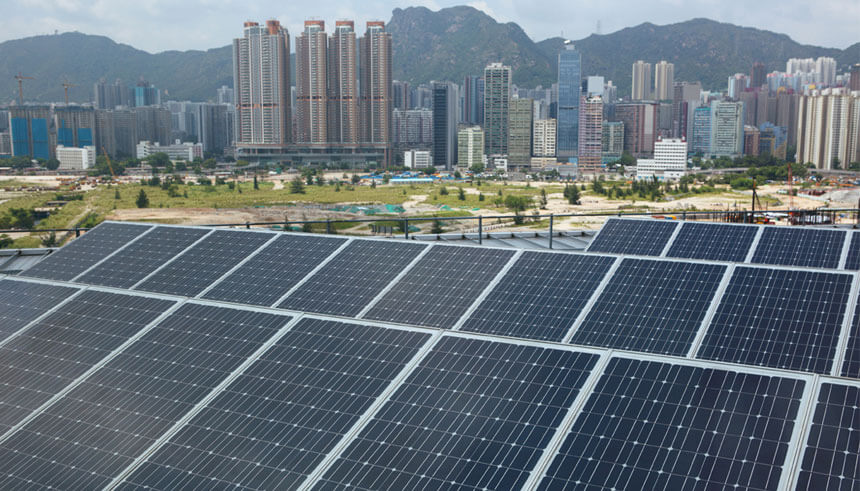India is still not power surplus as envisaged because peak power deficit in April-July was 0.9 per cent, while overall electricity deficit stood at 0.6 per cent during the 4-month period this fiscal. As much as 170.76 GW electricity was supplied during peak hours against the demand of 172.38 GW during April-July this fiscal, resulting in a deficit of 0.7 per cent, as per the Central Electricity Authority’s (CEA) latest power supply data.
According to the CEA data, overall 433.48 Billion Units (BU) of electricity were supplied against the demand of 436.14 BU during the 4-month period, which indicated a deficit of 0.6 per cent.
The CEA has pegged energy and peak power surplus at 4.6 per cent and 2.5 per cent, respectively, in 2018-19 in its load generation balance report (LGBR), which indicates that India will be a power surplus country in 2018-19.
Last year, the CEA had also projected that India would become a power surplus nation in its LGBR.
“All India power supply position indicates that the country is likely to have a peak surplus of 6.8 per cent and energy (electricity) surplus of 8.8 per cent (in 2017-18),” the report had said.
In 2017-18, the peak power deficit was 2 per cent, while overall electricity deficit stood at 0.7 per cent across the country.
As much as 421.31 BU of electricity was generated in April-July period this fiscal recording a growth of 3.75 per cent compared to same period year ago. This does not include power generated from renewable sources like solar and wind energy.
India has total installed power generation capacity of 345.49 GW, including around 70.64 GW of renewable energy such as solar, wind and small hydro.
As per power sector experts, India is already a power surplus states. The deficit is mainly because the discoms don’t buy required power for supplying to consumers either due to financial stress or they have apprehensions about under-recovery of cost of power supplied by them.


